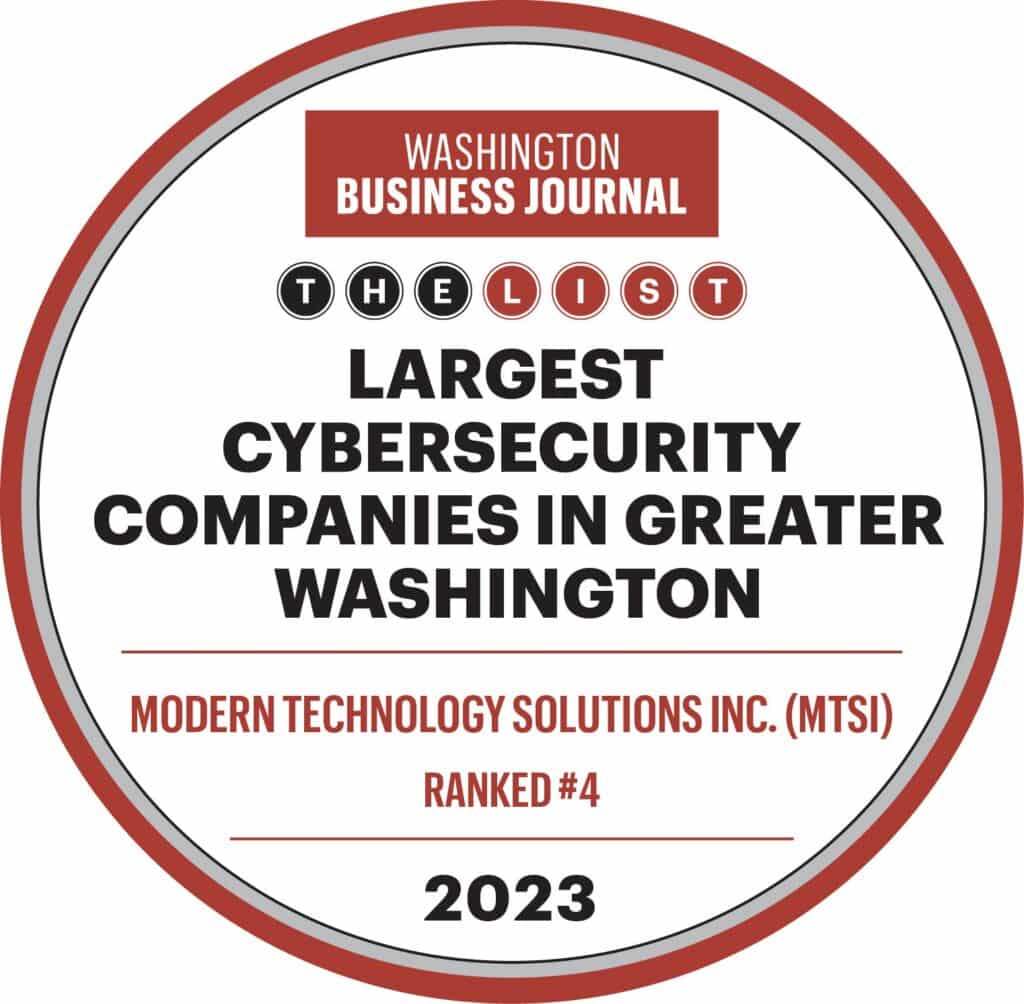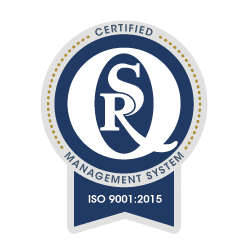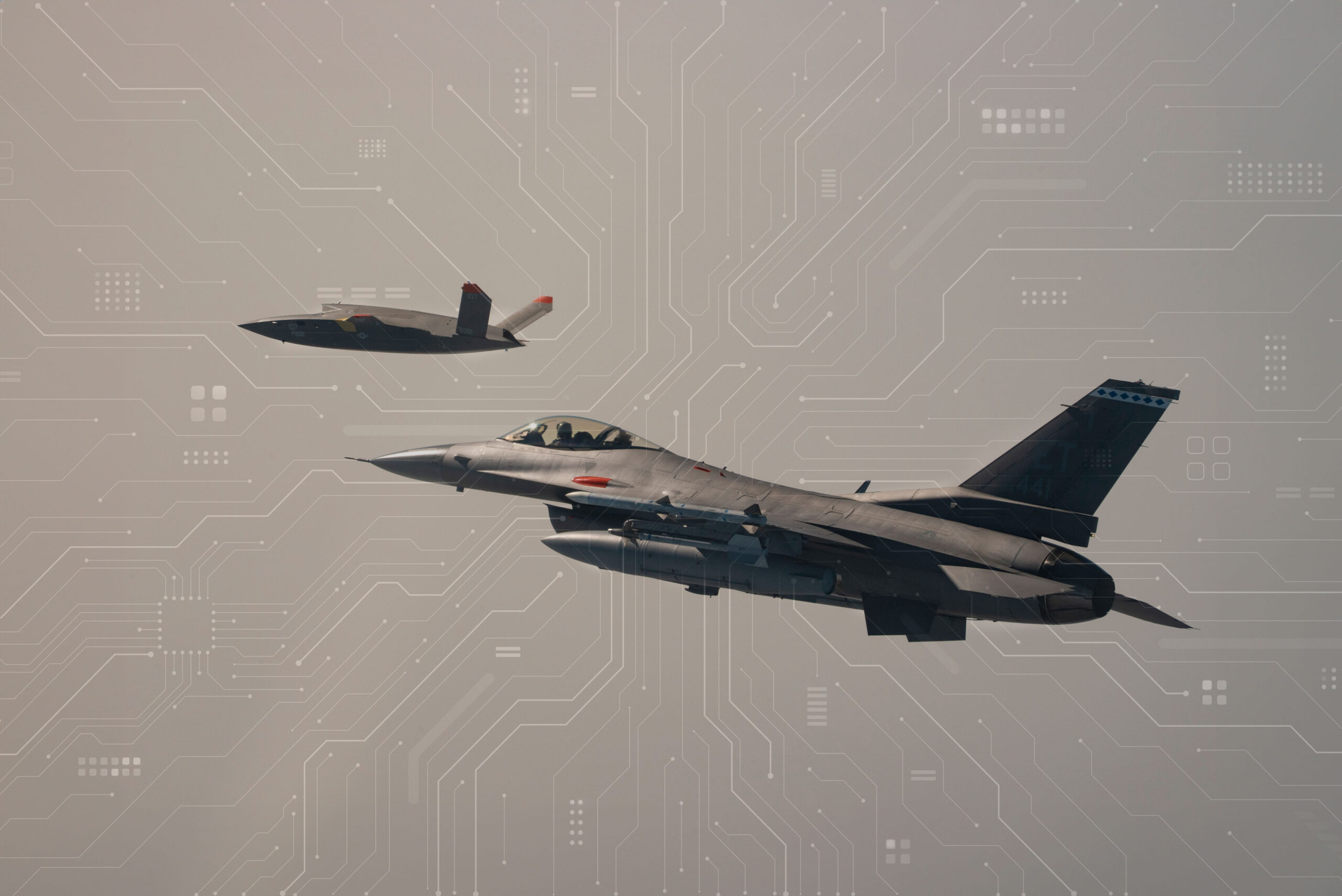
Join Us at the

27th Annual Systems & Mission
Engineering Conference
Booth #9
October 28-31
Norfolk, VA
Featured Presentations

Automating MBSE Model Documentation with Velocity Template Language Scripts
Thursday, October 31
3:30 – 4:00 PM @
SALON B
As digital mission engineering efforts within the Department of Defense gain traction, DMA is investigating innovative techniques to make complex models and their data readily accessible outside of the tool to decision makers and the warfighter community at large, creating a means to close an information sharing gap.
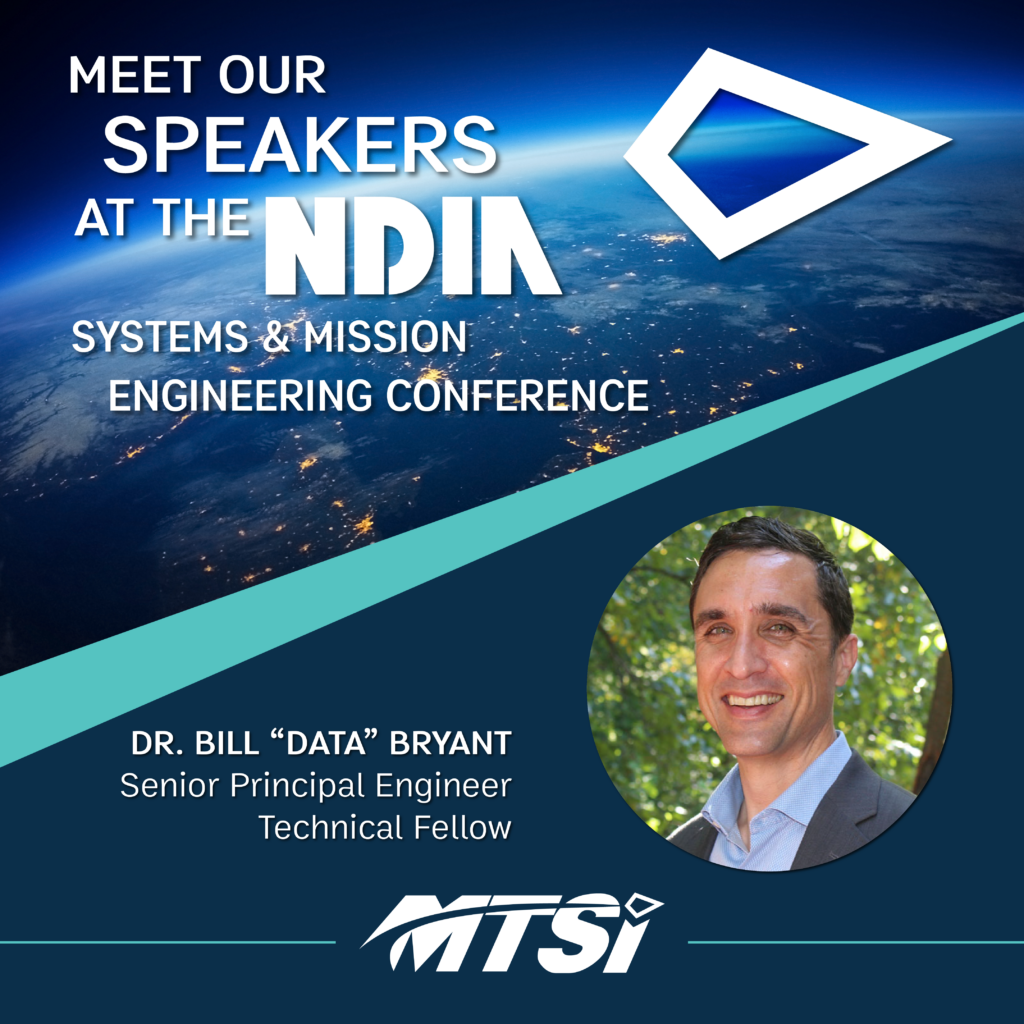
Using Modeling and Simulation to Measure Cyber Survivability
Wednesday, October 30
1:00 – 1:30 PM @
SALON A
We can more accurately assess the cyber survivability of our systems by scoring likelihood and impact for each discrete sub-step an attacker must take and then combining all those steps all the way up to mission impact and likelihood using a combination of system-, mission-, and campaign-level models. The system models can largely determine a risk’s likelihood, and the mission and campaign level models can determine the mission impact.
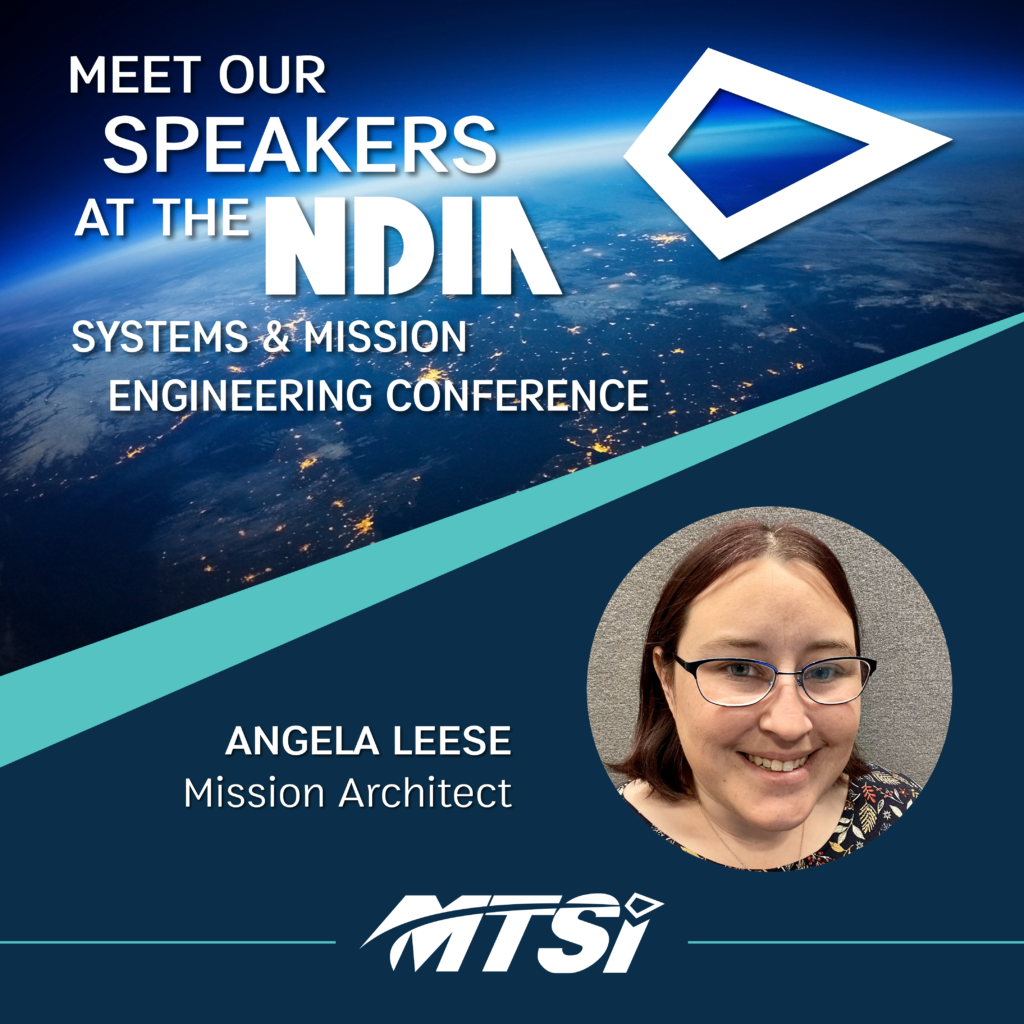
Leveraging Architecture to Inform the Design of Simulation Experiments for Mission Engineering Studies
Tuesday, October 29
12:00 – 12:30 PM @
SALON B
This presentation will present MI’s work in progress to develop and refine approaches for the design of mission engineering experiments. These approaches have been developed though their application to MI’s real world mission architectures used for mission engineering studies.
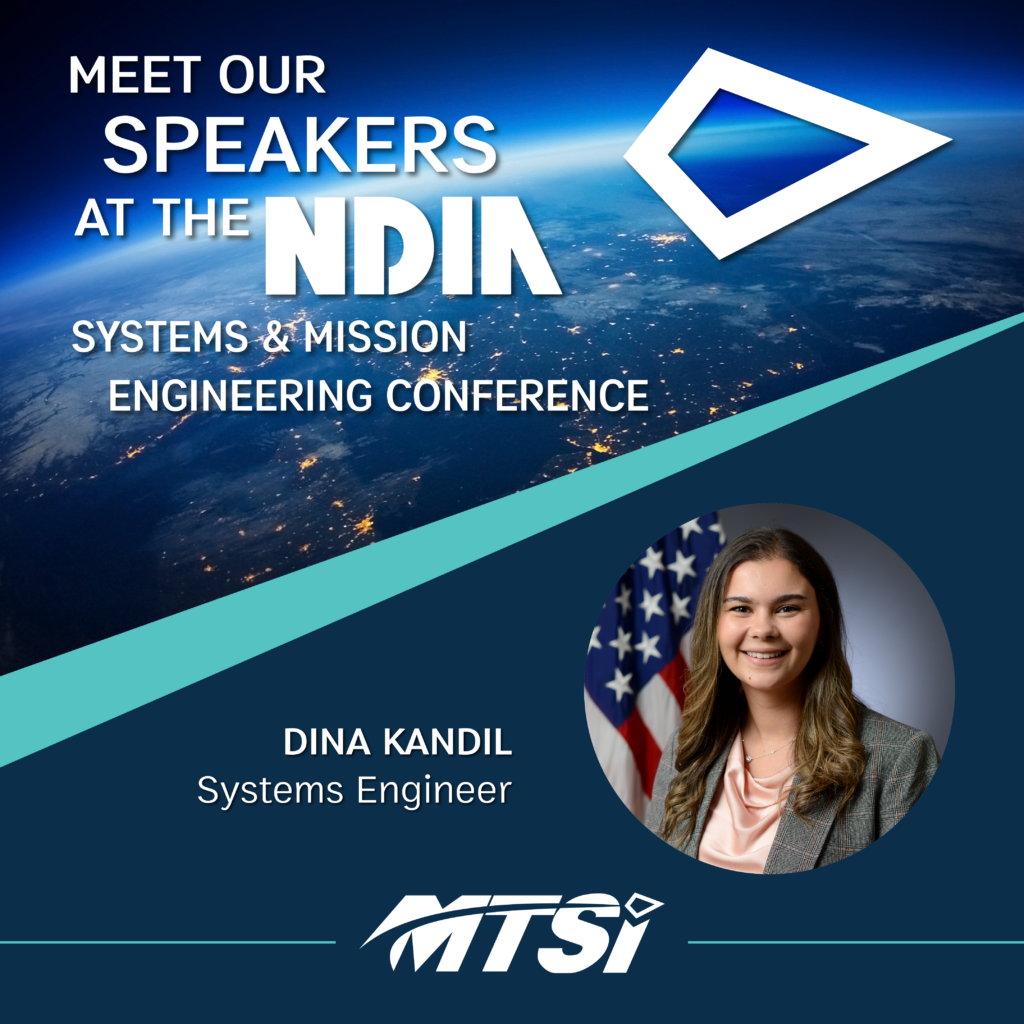
Defense Mission Architecture Style Guide
Wednesday, October 30
4:30 – 5:00 PM @
SALON B
The Mission Engineering Architecture Style Guide will facilitate standardization of mission architecture development and presentation across the Department of Defense (DoD) utilizing a historical example to demonstrate the application of the Unified Architecture Framework (UAF) and Systems Modeling Language (SysML).
Featured Capabilities

Artificial Intelligence / Machine Learning
Select the best AI/ML solutions by applying mission-focused AI/ML policies, Data conditioning, tailored test & evaluation criteria, and systems engineering best practices for both civil and military applications.
Autonomous Systems
Development of tailored unmanned and autonomous solutions leading to rapid fielding and operations support in both military and civil environments.

Modeling Simulation, Analysis & Algorithms
Development of high-fidelity modeling, simulation and analysis tools to address our customers most complex and challenging problems of national importance.

Digital Engineering
Application of digital engineering best practices across the system lifecycle using industry standard MBSE tools; resulting in well-defined architectures, interfaces, requirements, comprehensive VV&A techniques, and minimal cost/schedule over-runs.

DevSecOps / MLS Computing
Guide current and future customers by enabling the DoD and IC vision for transforming software acquisition into secure, responsive software factories. Design, architect and implement Agile and DevSecOps best practices in Cloud, On-Prem, or Tactical Edge environments.

Platform & Weapon Systems Cybersecurity
Provide platform and weapon system cybersecurity support by applying proven techniques to identify and mitigate vulnerabilities across aircraft, missiles, satellites, sensors, ground vehicles, command & control facilities and other platform types.
Multi-Domain Command, Control, and Communications
Provide tailored solutions and architectures than span all-domains and ensure reliable command, control and communications in complex and unfriendly environments.

Electro-Magnetic Spectrum Operations and Non-Kinetics
Identify solutions to complex challenges related to electronic warfare (EW), cognitive EW, Spectrum Control, and Non-Kinetics such as Electronic Attack, Directed Energy and High-Power Microwave.



